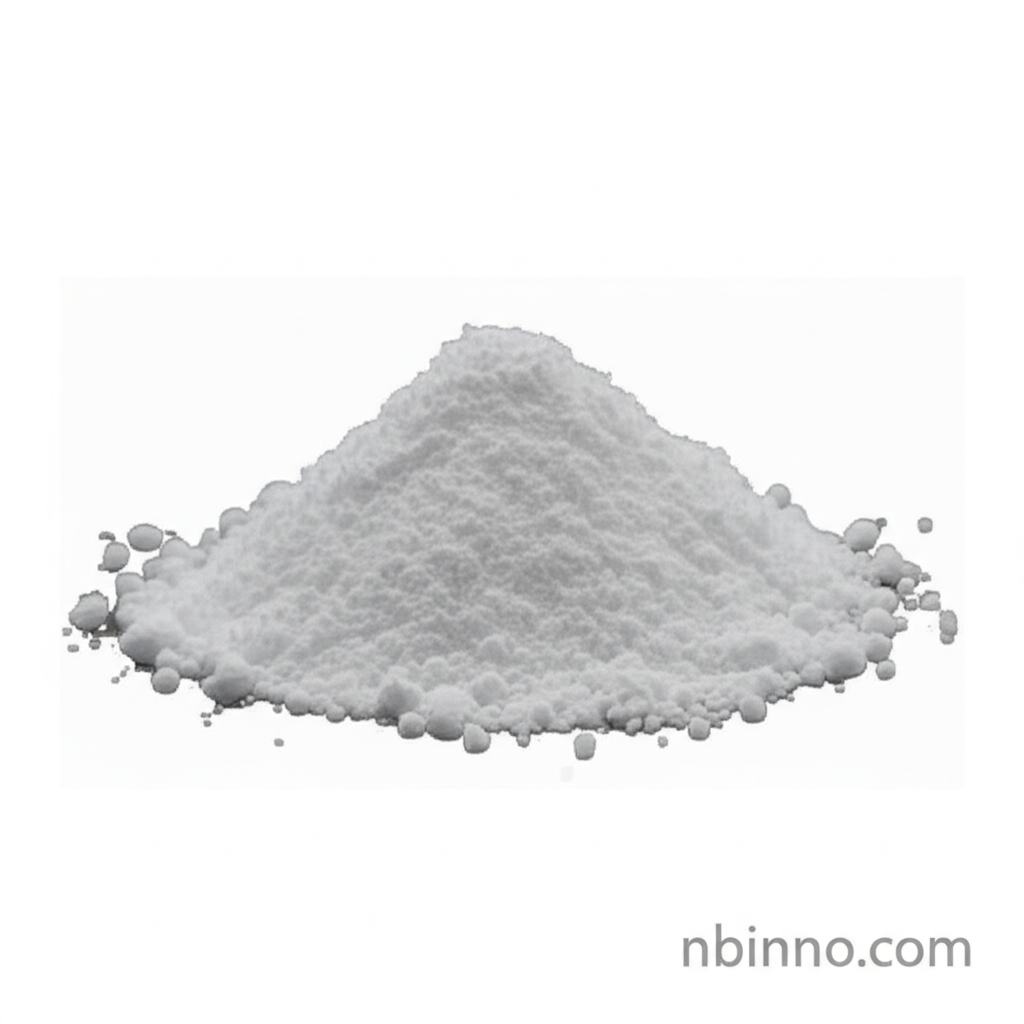Methyl 2,4-Dihydroxy-3,6-dimethylbenzoate: Properties, Applications, and Synthesis
Discover the key chemical intermediate, Methyl 2,4-Dihydroxy-3,6-dimethylbenzoate (CAS 4707-47-5), a versatile compound utilized in pharmaceutical synthesis and the fragrance industry. Explore its properties and applications.
Get a Quote & SampleProduct Core Value

Methyl 2,4-dihydroxy-3,6-dimethylbenzoate
As a reliable supplier and manufacturer in China, we offer Methyl 2,4-dihydroxy-3,6-dimethylbenzoate, a crucial chemical intermediate. Its unique properties make it valuable in various sectors, from pharmaceuticals to the creation of distinctive scents and flavors.
- Explore the methyl 2,4-dihydroxy-3,6-dimethylbenzoate chemical properties, including its molecular structure and purity levels essential for precise synthesis.
- Learn about the methyl 2,4-dihydroxy-3,6-dimethylbenzoate applications, primarily as a pharmaceutical intermediate, contributing to the development of various therapeutic agents.
- Understand the methyl 2,4-dihydroxy-3,6-dimethylbenzoate synthesis pathways, showcasing our capability to produce this compound with high purity.
- Investigate the role of Atraric acid, a synonym for this compound, in scientific research, particularly in biological studies and its potential applications.
Advantages Provided by the Product
High Purity and Quality
We guarantee a high purity of 99%min for our Methyl 2,4-dihydroxy-3,6-dimethylbenzoate, ensuring reliable results in your pharmaceutical synthesis and other critical applications.
Versatile Application
This chemical compound serves as a vital pharmaceutical intermediate and is also recognized for its contributions to the flavors and fragrances industry, offering broad utility for formulators.
Reliable Supply Chain
Leveraging our robust manufacturing capabilities as a supplier in China, we ensure a consistent and dependable supply of Methyl 2,4-dihydroxy-3,6-dimethylbenzoate to meet your production demands.
Key Applications
Pharmaceutical Intermediates
As a key pharmaceutical intermediate, this compound plays a crucial role in the synthesis of various active pharmaceutical ingredients (APIs), supporting drug development.
Flavors and Fragrances
Its distinctive woody and mossy odor profile makes it a valuable ingredient in the formulation of perfumes, cosmetics, and food flavorings.
Organic Synthesis
Researchers utilize this chemical in diverse organic synthesis projects, benefiting from its reactive functional groups for creating complex molecules.
Biological Study
The compound is employed in biological research, particularly in studies investigating the role of certain enzymes and its potential bioactivity.
